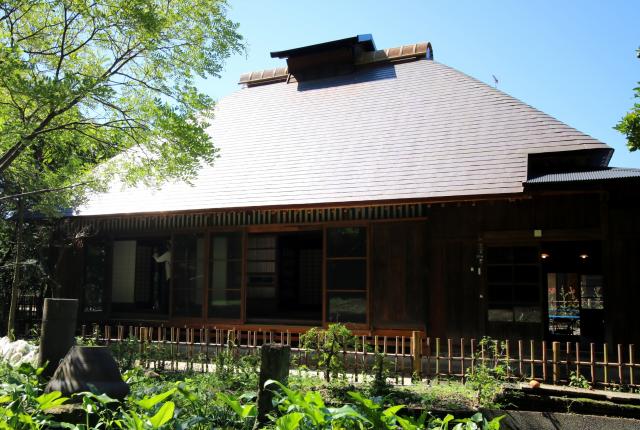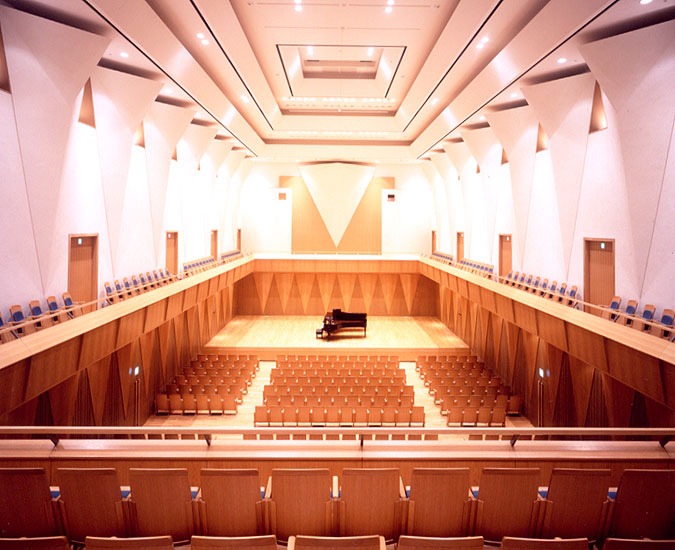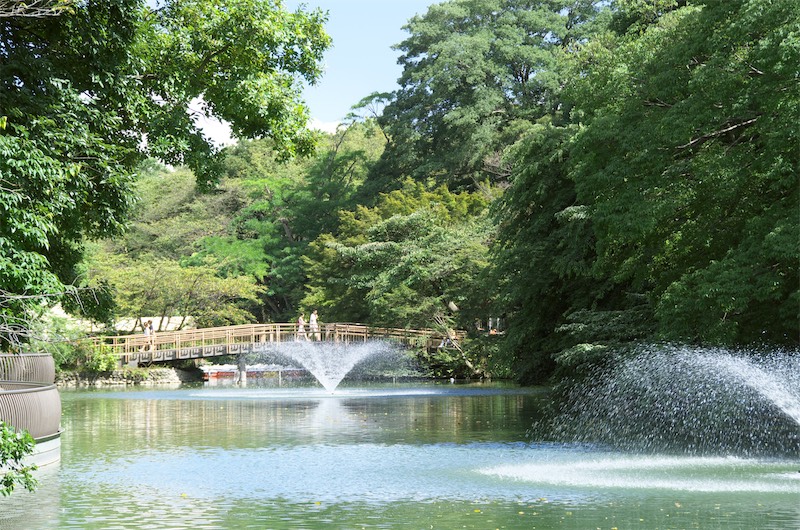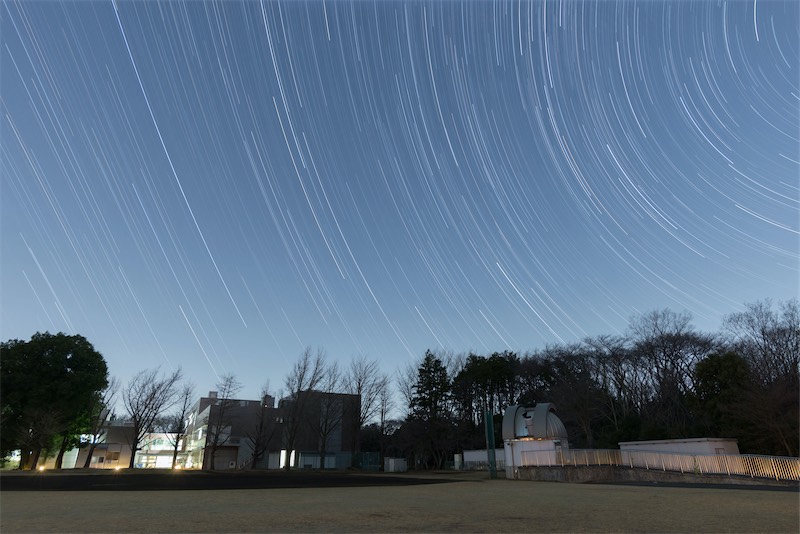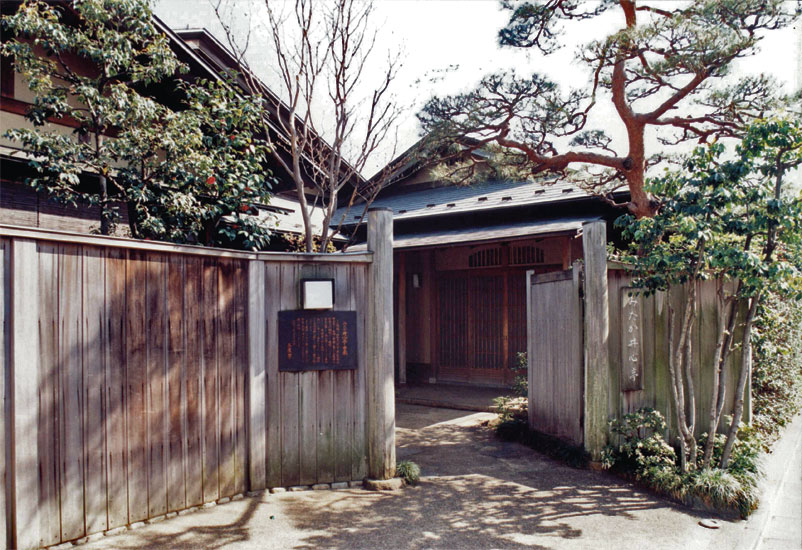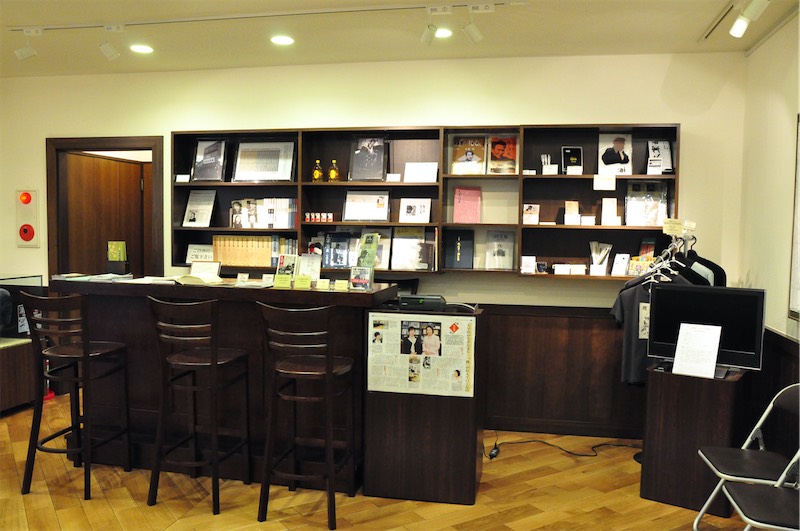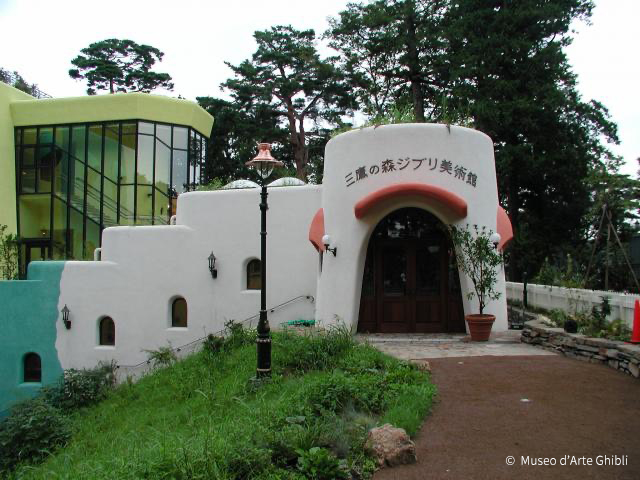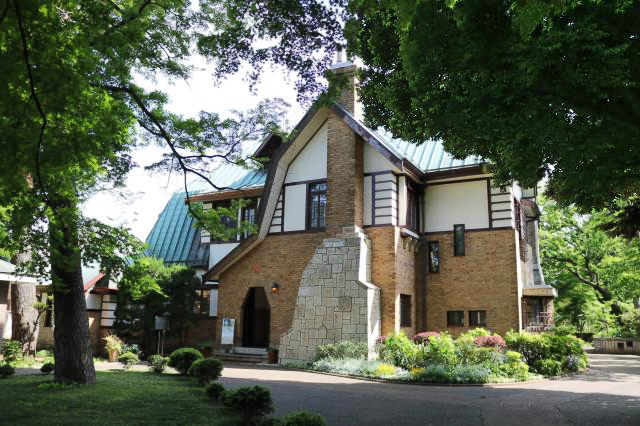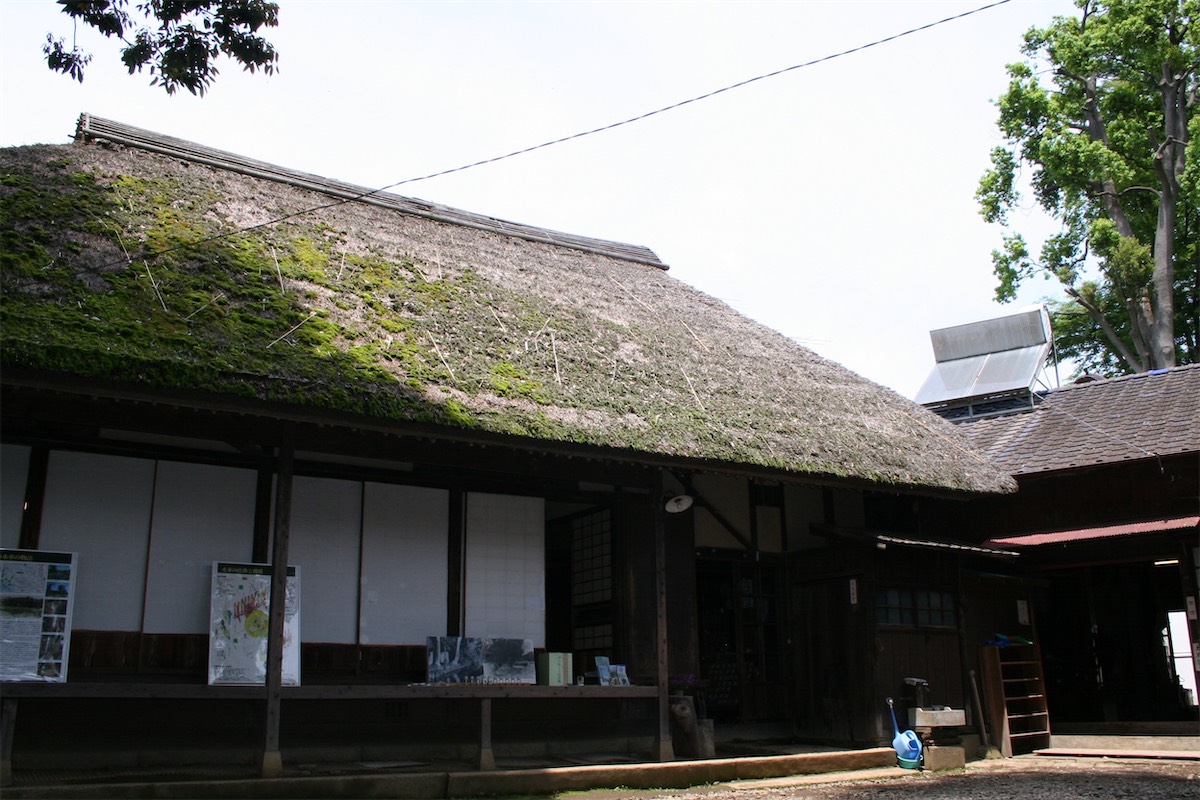
It’s an old house where wasabi cultivation and old ways of life are preserved.
Osawa-no-sato Park, surrounded by greenery and water, still retains the original landscape of Mitaka, which was once a farming village. The remaining Osawa-no-sato old farmhouse was built in 1902 and is a typical farmhouse with four rooms.
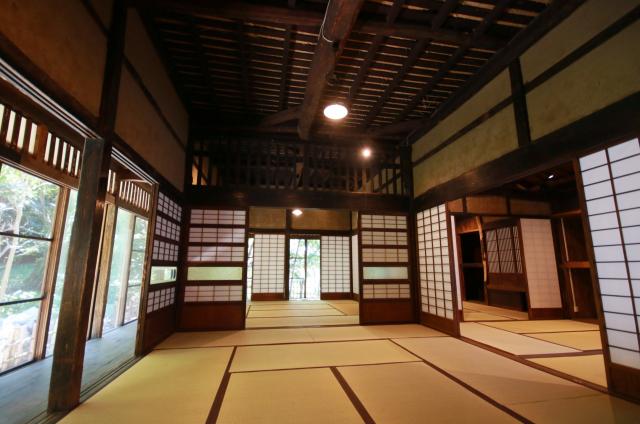
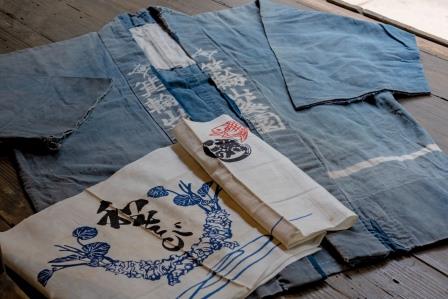

There are horseradish fields and fireflies appear in early summer.
On the east side of the building, a former wasabi field still exists, and fireflies appear in early summer. On the other side of the river, one of the most famous water mills in Japan, “Osawa-no-sato Water Mill Management Farmhouse” (Japan Society of Mechanical Engineers Machinery Heritage Site, Tangible Folk Cultural Property designated by the Tokyo Metropolitan Government), still remains, and the landscape is surrounded by rich nature.
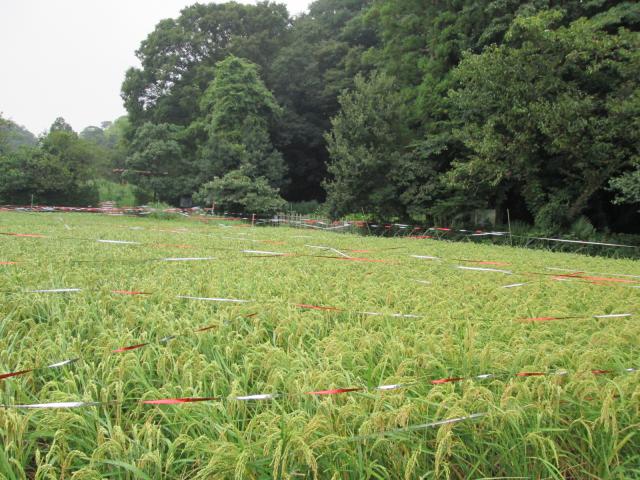
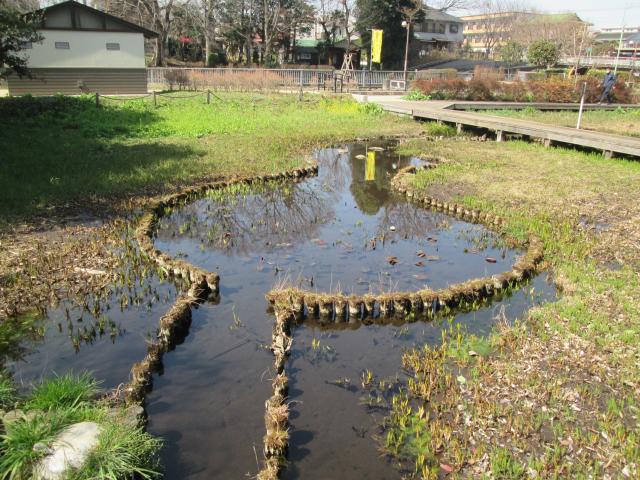

Location
17-3, Osawa 2-chome, 三鷹市
Map information 三鷹市 Map) (external link)
day on which a museum, etc. is regularly closed
Tuesdays (if Tuesday is a national holiday, the following day), year-end and New Year holidays (December 28 to January 4)
admission fee
200 yen (common ticket with Osawa-no-SatoWater Mill Farmers, free for junior high school students and younger)
Annual passport: 1,000 yen (shared with Osawa-no-sato farmers operating water wheels)
open hours
10:00 – 17:00 (April – October)
10:00 – 16:00 (November – March)
Traffic Information
- From the south exit of JR Mitaka Station, take the Odakyu Bus bound for Sakakibara Memorial Hospital, Asahi-machi 3-chome, or Kurumatare Danchi, and get off at Ryugenji Bus Stop.
- From Mitakadai Station on the Keio Inokashira Line, take the Mitaka City Bus (Mitakadai/Airfield Route) and get off at Ryugenji Station (5 minutes walk).
- From Chofu Station on the Keio Line, take the Keio Bus bound for Musashi Koganei Station South Exit, and get off at Nogawa Koen Ichinobashi Station (10 minutes walk).
There is no parking at the site. Please use a nearby coin-operated parking lot.

